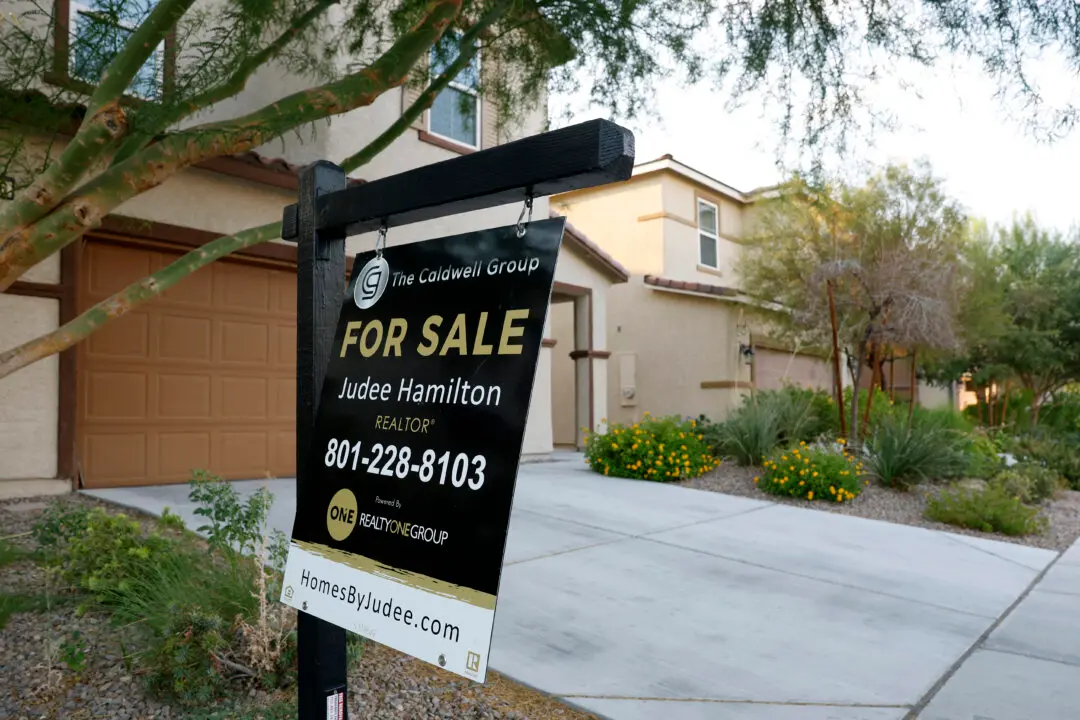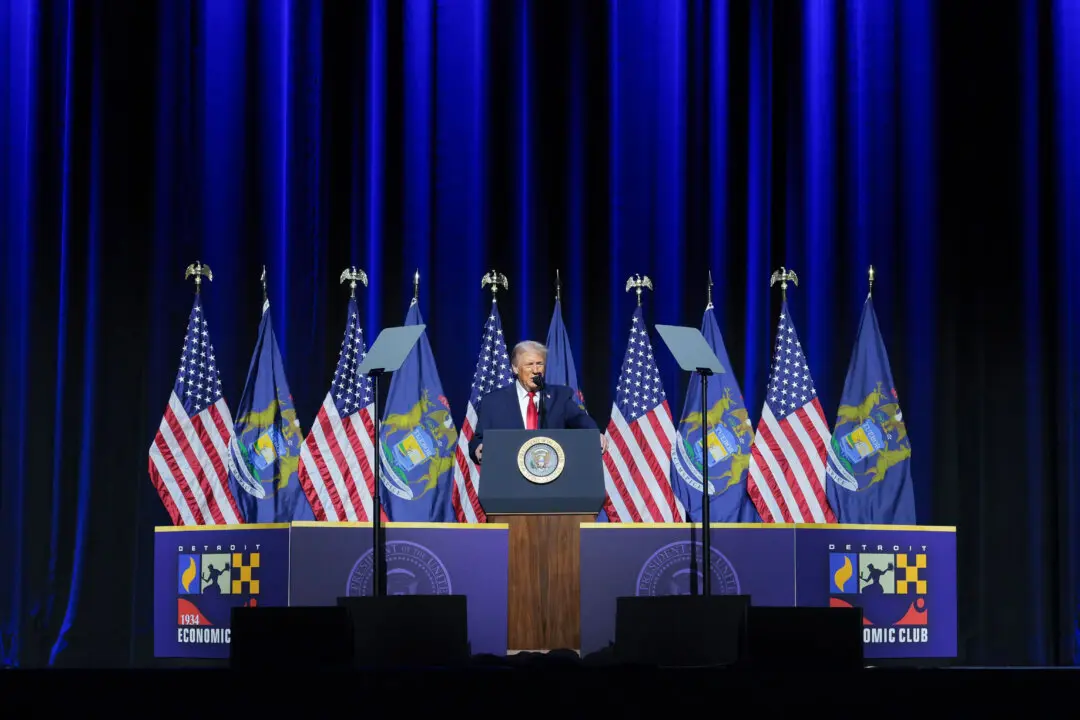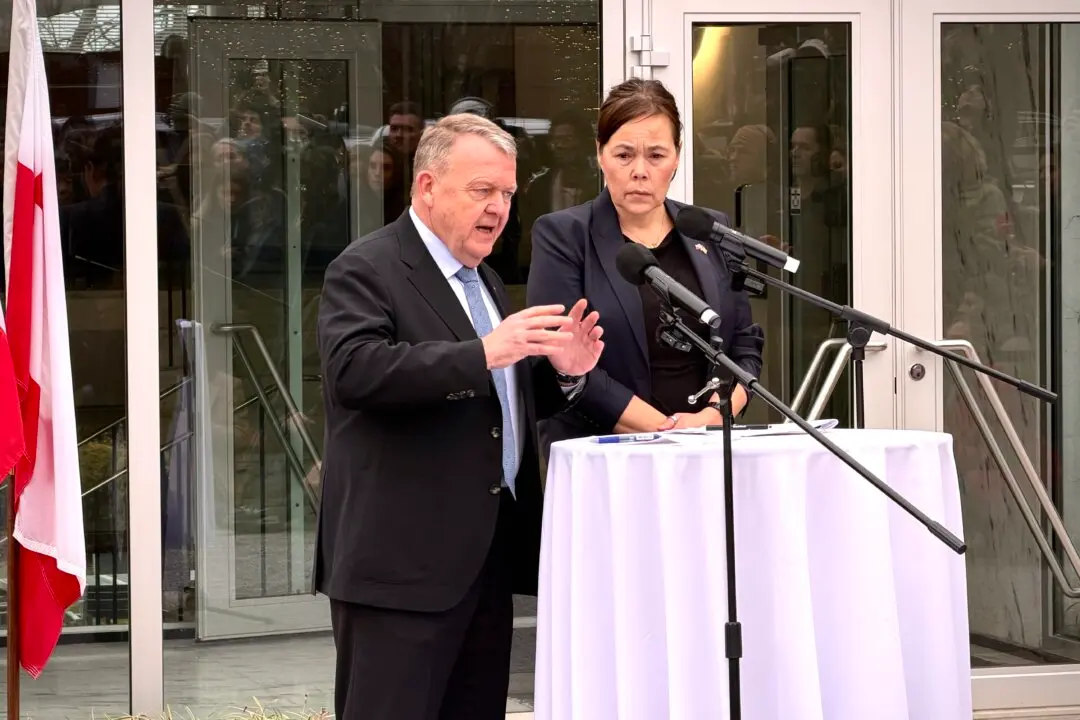WASHINGTON—Investors and real estate developers who have been long waiting for new guidance on opportunity zones have finally gotten some clarification from the government. While some questions remain unanswered, the new rules provide enough flexibility and clarity to boost investments in underserved communities, a lawyer said.
On April 17, the Treasury Department issued the second tranche of proposed regulations related to the opportunity zones, a new incentive introduced with the Tax Cuts and Jobs Act. The 169 pages of new regulations clear up some confusion and ease some of the previously suggested rules.





